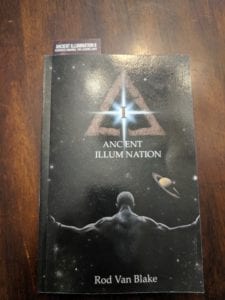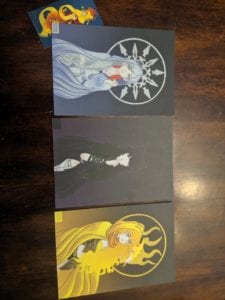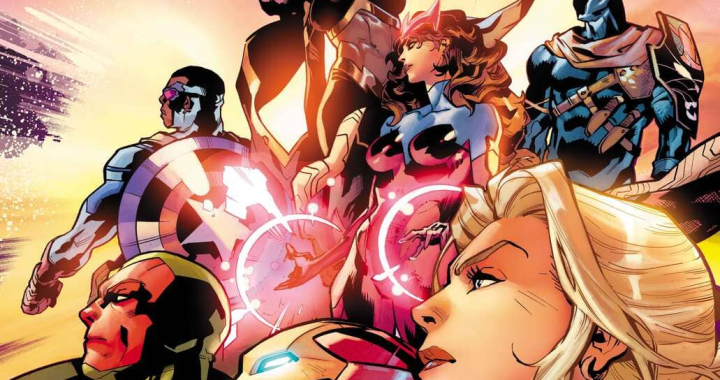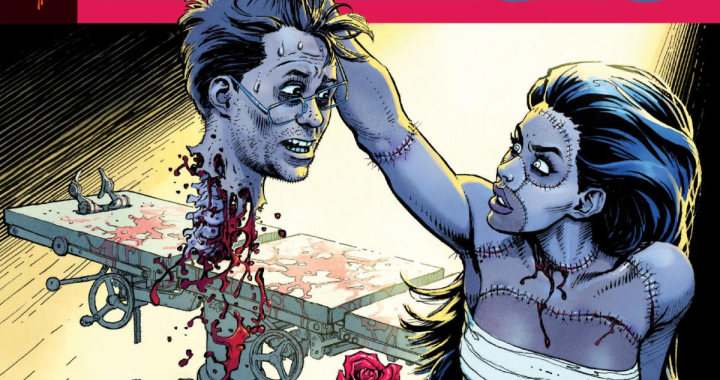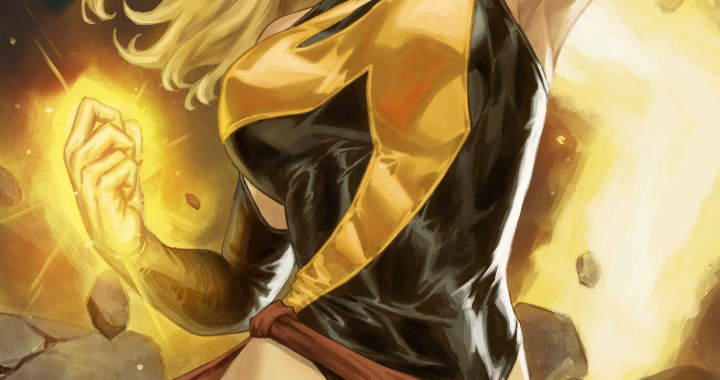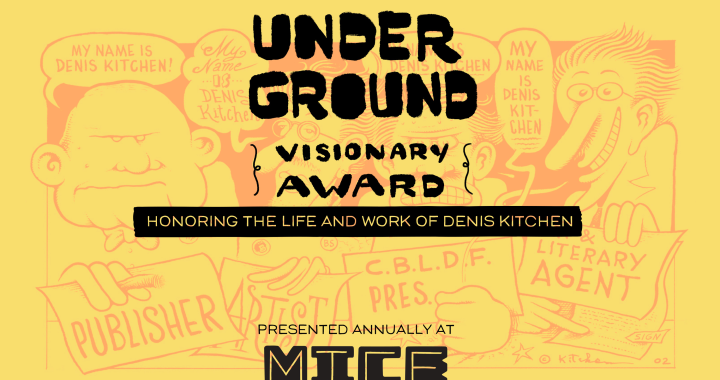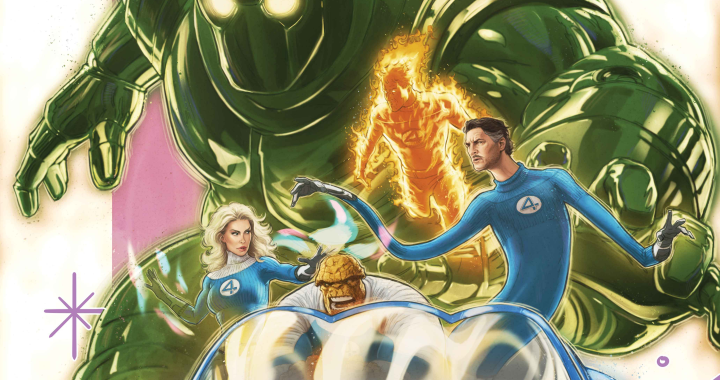
PANEL REVIEWS from Balticon 53
 Balticon organizers arranged several innovative and original panels throughout the Renaissance Baltimore Harborplace Hotel. They engaged with topics ranging anywhere from self-care to the future of Afrofuturism. “Self-Care for Creatives,”“ the second panel I went to on Friday, was moderated by Kelly E. Dwyer and consisted of Ray Ridenour, Sara Testarossa, Beth Morris Tanner, and Irette Y. Patterson. The panel was incredibly informative, whether you were a creative who thought a lot about their self-care or someone who was just starting to truly understand its meaning. The panelists provided something for all. There were tips on how to recognize and possibly avoid burnout. There were self-care strategies for introverts, extroverts, and everyone in between. The panel talked about actions that creators can take to stay healthy mentally, physically, and emotionally. One example was pulled from Julia Cameron“s The Artist“s Way. They suggested that once a week, creatives should go and experience a kind of art that they do not make. For example, as a fiction writer, I might go to an art gallery or a museum. The panelists also discussed the difference between doing things that will make you creative and doing things that will make you productive. Both can be useful, but sometimes you need one more than the other. For example, (for most of them), rereading things they had already written inspired productivity while reading others“ works inspired creativity.
Balticon organizers arranged several innovative and original panels throughout the Renaissance Baltimore Harborplace Hotel. They engaged with topics ranging anywhere from self-care to the future of Afrofuturism. “Self-Care for Creatives,”“ the second panel I went to on Friday, was moderated by Kelly E. Dwyer and consisted of Ray Ridenour, Sara Testarossa, Beth Morris Tanner, and Irette Y. Patterson. The panel was incredibly informative, whether you were a creative who thought a lot about their self-care or someone who was just starting to truly understand its meaning. The panelists provided something for all. There were tips on how to recognize and possibly avoid burnout. There were self-care strategies for introverts, extroverts, and everyone in between. The panel talked about actions that creators can take to stay healthy mentally, physically, and emotionally. One example was pulled from Julia Cameron“s The Artist“s Way. They suggested that once a week, creatives should go and experience a kind of art that they do not make. For example, as a fiction writer, I might go to an art gallery or a museum. The panelists also discussed the difference between doing things that will make you creative and doing things that will make you productive. Both can be useful, but sometimes you need one more than the other. For example, (for most of them), rereading things they had already written inspired productivity while reading others“ works inspired creativity.
On Saturday I went to the “Black Femininity in Afrofuturism”“ panel that was moderated by Irette Y. Patterson and featured K. Ceres Wright, Nicky Drayden, Cerece Rennie Murphy, and Stephanie “Flash”“ Burke. The panelists talked about what it meant to be Black women creating stories about Black women, the importance of understanding and appreciating history, and the common tropes that should be avoided when crafting Black female characters. One key thing they was stressed was striking the balance between agency, competence, dependency, and sexuality. Each of these character traits is complex, and because they are very often not given the amount of attention they require, we end up with Black female characters that fit into stereotypical and dehumanizing tropes.
Another Saturday panel, “Afrofuturism 201,”“ was moderated by John Edward Lawson and included Stafford Battle, Chad Eric Smith, and L.H. Moore. The idea of this panel was to focus less on defining and understanding Afrofuturism and its origins, history, and meaning(s), and to instead focus on the future of Afrofuturism. Where does a genre like this go? One of the panelists, Chad Eric Smith, spoke about the idea of reaching a space where Blackness is more than just a racial identifier and instead a way of thinking and living. It was an intriguing notion. Consider the possibility of a film with a predominantly white cast that left people thinking “wow that was a great Black film.”“ The discussion was mostly focused on this, yet there were moments when audience members asked about definitions of Afrofuturism. The panelists offered different takes on the utility of being specific about genre while also explaining that certain methods of specificity can be divisive, and these same methods can work to decenter movements that are made to provide an underrepresented group with more voice and exposure. This panel lead directly into the Diverse Writers and Artists of Speculative Fiction Meet and Greet. Diane Williams, another panelist, joined this event. The group discussion was informal and purposefully safe. The panelists made a point to go around and listen to each person who had come, allowing them to share, learn and think without being criticized or called out. Many different artists explained why they were at the con, who they were, and why this meet and greet was important to them. The general sentiment was that representation was important for everyone who was there. Events like this were then, by association, also important. After everyone was introduced, the group watched two short films by Chad Eric Smith. The first, “Dark Therapy,”“ was a comedy about a vampire who seeks help because of his irrational fear of blood. The second, “Rumination,”“ is a short sci-fi drama about a man who decides to take a pill that lets his mind go back in time to try and fix a relationship that is causing him debilitating heartbreak. They were both well done, having twists at the end that left viewers who payed attention shocked.
In between the panels I met and spoke with several of the creators who were tabling. The first was Rod Van Blake, author of Ancient Illumination and Ancient Illumination II: Kuongoza Mwanga: The Leading Light. I spoke to him about what it was like to be self-published and what the advantages and disadvantages were in comparison to paying a publisher. He talked about how as the author, you will be doing a lot of the promoting of your book either way. As such, unless you are able to get a deal, self-publishing should be something that you should at least consider. Another creator that stood out amongst their peers was Mana Stafford, a queer artist who, like many of the artists at the con, was selling their art and accepting on-the-spot commissions. They talked about their drawings, how people would every so often request extremely vague commissions, and how they were often asked to draw characters from shows that they had never heard of. Engaging creators from various backgrounds gave Balticon an added depth. Not only were there several different panels and events that catered to a wide range of audiences, there were people there who inspired upcoming artists to see that their own dreams and aspirations of becoming creatives was a tangible reality.
[yasr_overall_rating size=”large”]
Follow James on Twitter: @certain_truth
Author Profile
Latest entries
 Comic BooksMay 28, 2019PANEL REVIEWS from Balticon 53
Comic BooksMay 28, 2019PANEL REVIEWS from Balticon 53
